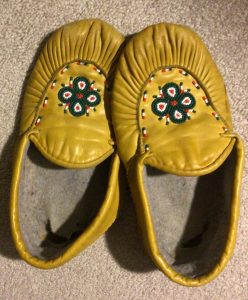
“In keeping silent about evil, in burying it so deep within us that no sign of it appears on the surface. we are implanting it, and it will rise up a thousand fold in the future. When we neither punish or reproach evildoers, we are not simply protecting their trivial old age, we are thereby ripping the foundations of justice from beneath new generations.” Alexandr I. Solzhenitsyn, The Gulag Archipelago
The appalling discovery of the graves of 215 residential schoolchildren on Tk’emlúps te Secwepemc territory exposes a tragedy that strikes at the very core of our Canadian myth of tolerance. European culture was systemically imposed by forcibly removing indigenous children from their homes into an education on the white man’s way of life. The arrogance of assumed superiority is breathtaking.
Peoples and tribes have engaged in combat from the dawn of time. But the greed, use of weaponry and political trickery to bully natives on to reservations after stealing the land on which they subsisted began a chain of generational trauma. Financial recompense can only be a beginning.
It’s difficult to determine whether church or government should shoulder more of the blame. Schools were authoritarian in those days in the best of places. Many do-gooders did not realize that they were paving the road to hell with their good intentions. The wisdom that was the birthright of the native tribes was not sought or acknowledged. The church believed in the Great Commission of making disciples of all nations, but it can hardly have felt like good news to these children who were torn away from their parents. And then there were those leaders who never had good intentions or had abandoned them for their own selfish agendas. There had to have been people who turned a blind eye, reports of deaths that were ignored.
My childhood farm was near Caledonia, on the Mohawk and other Six Nations traditional lands. Child of immigrants, I conjured up images of these original inhabitants as I wandered through the back woods and fields. We read the poetry of Pauline Johnson in school, and her Brantford home was not far away.
The Neutral tribes had once inhabited the Flamborough farm where we lived when we were first married. There had been finds of arrowheads and a neighbour even unearthed a peace pipe. The department of archeology from a nearby university came to investigate a midden, only to find that it had already been disturbed. At one point, home with small children, I had a piecework job dressing dolls in Indian clothing, to be sold as souvenirs in tourist shops. An irony – this work done on lands that once were aboriginal lands.
But about the indigenous peoples themselves there was largely silence. How do we restore their rightful heritage in a country that now has welcomed people from all over the world, sometimes themselves fleeing tyranny? What would justice even look like?
It is a time to walk in their shoes, a time for respect and listening. The time for silence is over.